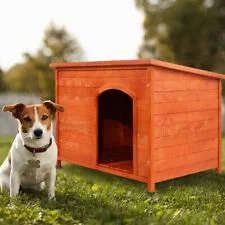- The nOkill Network
- No Kill Animal Shelters
- Arizona
- FAIR: Foundation for Animals in Risk (Tuczon)
Woof! Meow! One thing before you go…
Do you need to find a loving home for your pet?
Shelters are often inundated with pet surrenders, and do not want to provide a simple outlet that takes away the obligation of responsible pet ownership. Therefore, they would prefer that people try hard to find a solution before resorting to surrendering their pet to a shelter. If you must find a new home for a pet, please try posting to our adoption portal before placing the burden on the shelter. Direct adoptions work well and allow everyone to share in the accountability of their community!
FAIR: Foundation for Animals in Risk (Tuczon)
Tucson, AZ
Visit FAIR: Foundation for Animals in Risk (Tuczon) >> https://www.facebook.com/Foundation-for-Animals-In-Risk-160467533968713/ (report broken link)
0
Visit
FAIR: Foundation for Animals in Risk (Tuczon) >>
https://www.facebook.com/Foundation-for-Animals-In-Risk-160467533968713/
(report broken link)
Adoptable Pets in Arizona
(report broken link)
FAIR started around March of 1995. A couple of volunteers working at an adoption center for Pima Animal Care Center (PACC) grew tired of sending the unadopted animals back to die. In an effort to buy them more time, the volunteers started stashing animals in their own homes and those of other volunteers.
The volunteers quickly grew in number and on April 26, 1996, they incorporated. Two years later, on December 1, 1998, FAIR was recognized by the Internal Revenue Service as a Section 501(c)(3), tax-exempt organization. FAIR is also proud to comply with the national no-kill standards.
The volunteers quickly grew in number and on April 26, 1996, they incorporated. Two years later, on December 1, 1998, FAIR was recognized by the Internal Revenue Service as a Section 501(c)(3), tax-exempt organization. FAIR is also proud to comply with the national no-kill standards.
Do you need to find a loving home for your pet?
No-kill shelters do wonderful work, but as a result, are often inundated with pet surrenders. In the unfortunate scenario that you have to find a new home for your pet, please read through the rehoming solution and articles on this page before contacting the shelter.
Review Summary*
Submit a Review
Rehome Your Pet
Report Lost or Found Pet
Comments
No comments.
Be the first!



